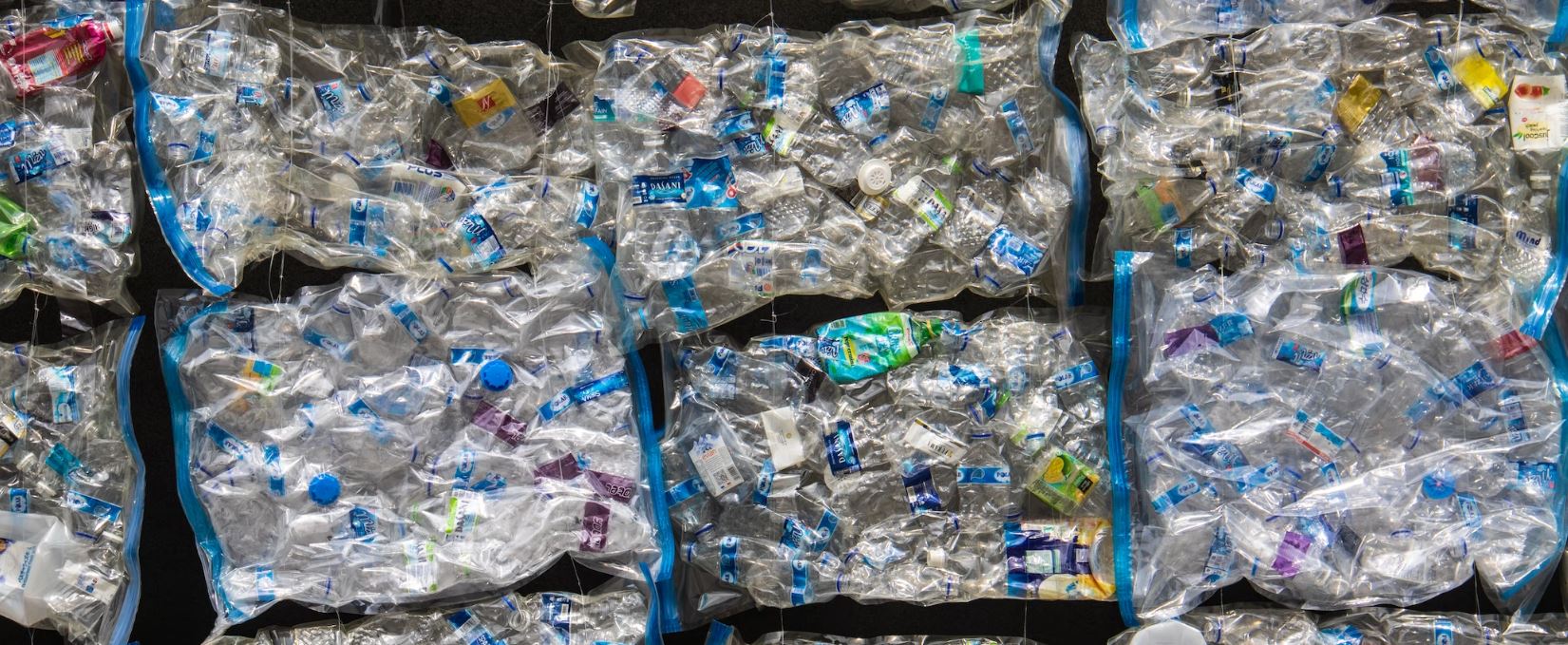The plastic bottle industry is constantly evolving, with new technologies and materials emerging all the time. One of the most promising new developments in this field is the use of RPET, or recycled polyethylene terephthalate, in the production of plastic bottles.
RPET, also known as PCR (post-consumer recycled) PET plastic is made by recycling used PET bottles and converting them into new, high-quality plastic pellets. These pellets can then be used to create new bottles, packaging materials, and other products.
This process is called a full cycle, as the plastic bottles are recycled, remade and then again reused, reducing the need for new plastic and effectively cutting down on the carbon footprint of the plastic industry.
One of the biggest advantages of RPET is that it is much more eco-friendly than traditional virgin PET. RPET requires less energy and fewer natural resources to produce, and it also diverts waste plastic bottles from landfills and the environment.
When compared to glass bottles, RPET bottles have several distinct advantages. For one, they are still lighter, which reduces the carbon footprint of transportation. Additionally, RPET bottles are still less likely to break during transport, which reduces the amount of glass waste in our landfills. Moreover, the production of RPET bottles generates less greenhouse gasses than the production of glass bottles.
Another important aspect is that RPET bottles don't affect the river banks, oceans or the life in it, unlike glass bottles as it can easily break and can harm the aquatic life or even make it difficult for animals to move in the water.


